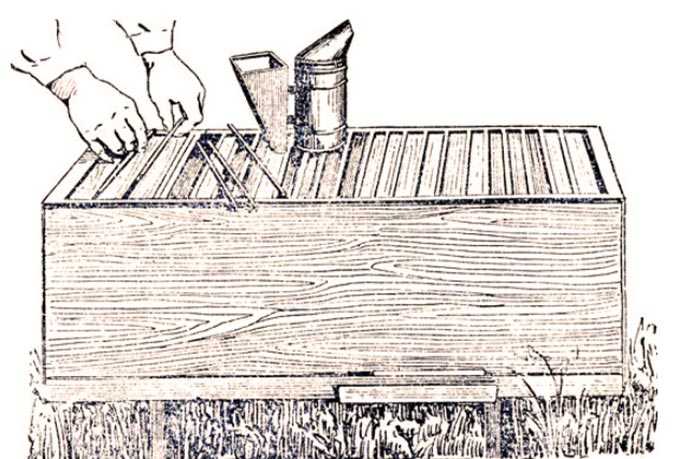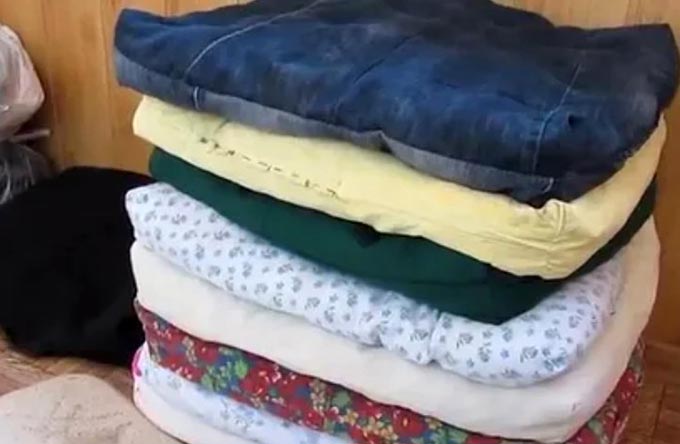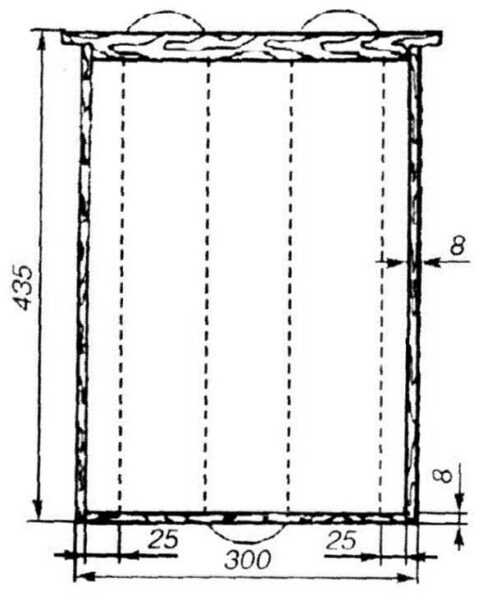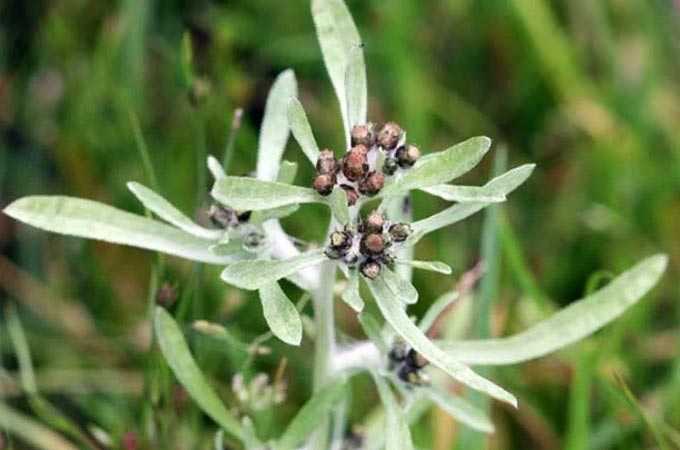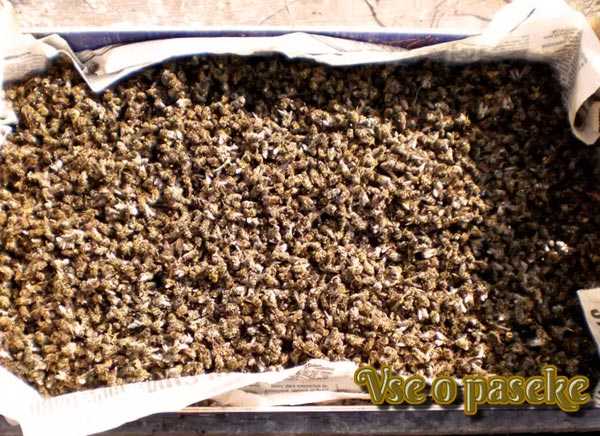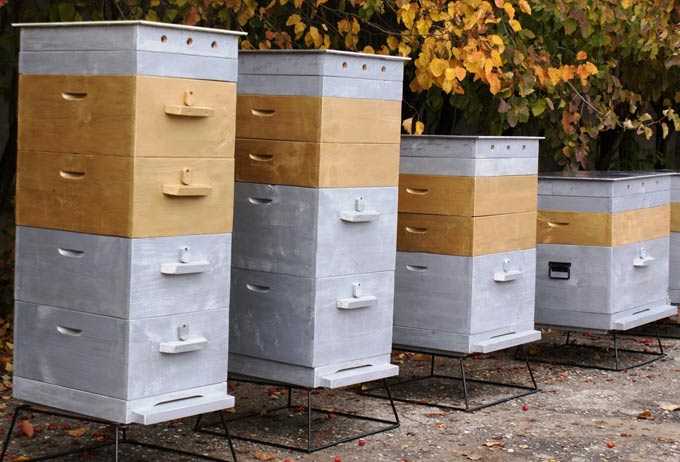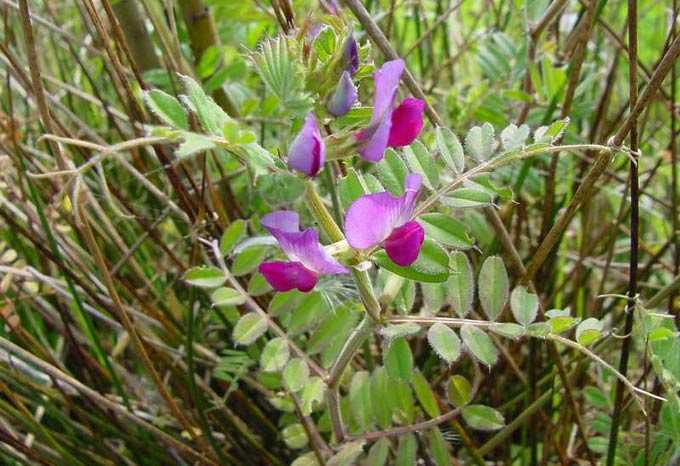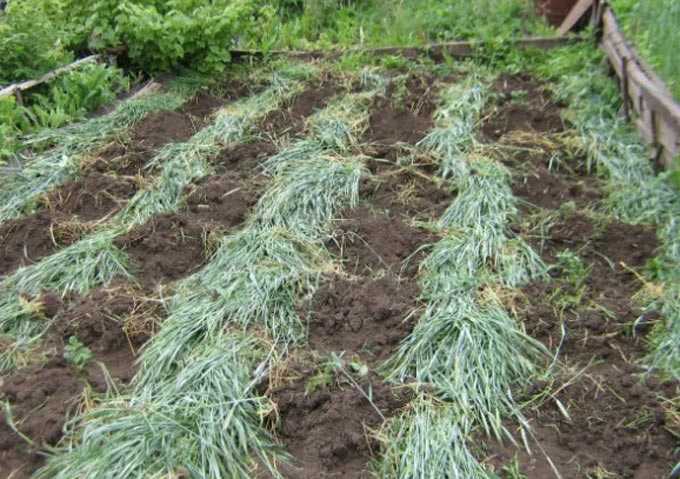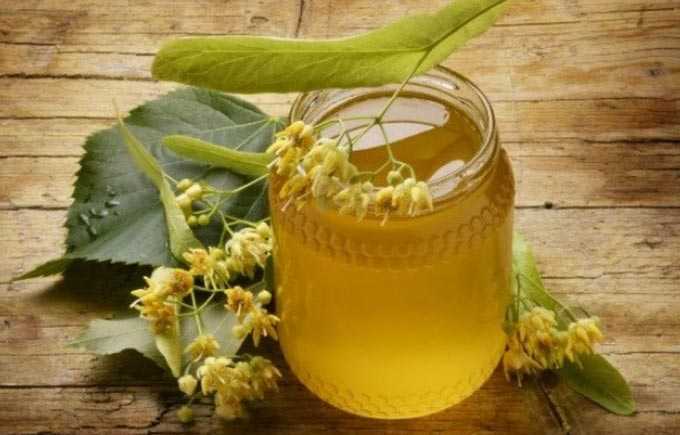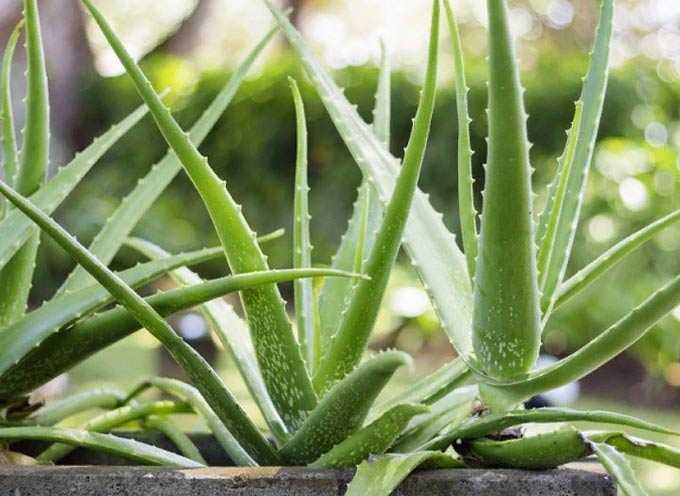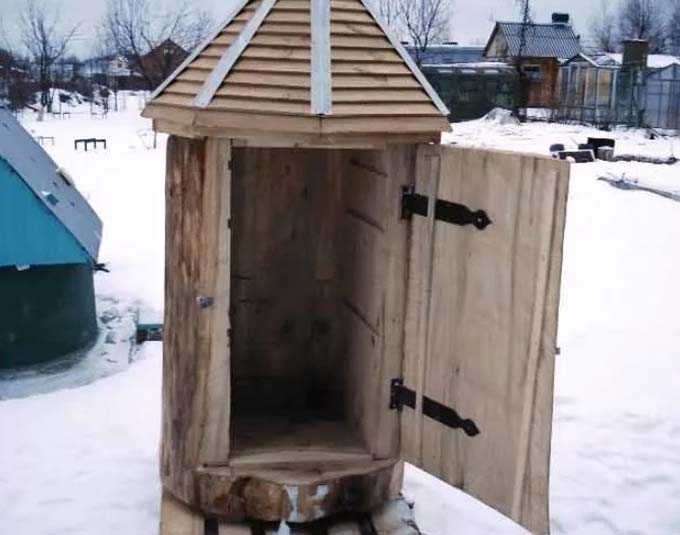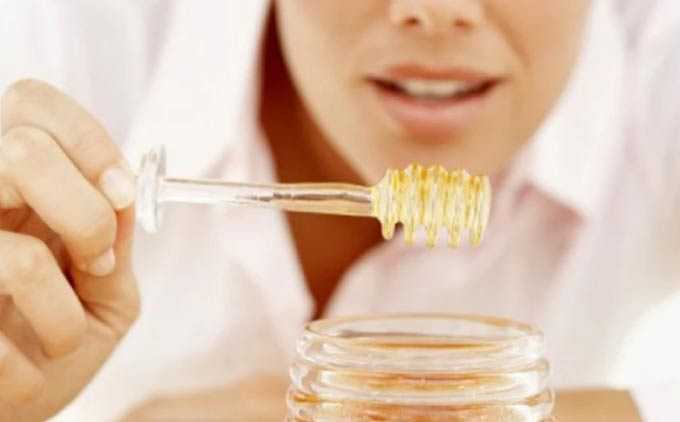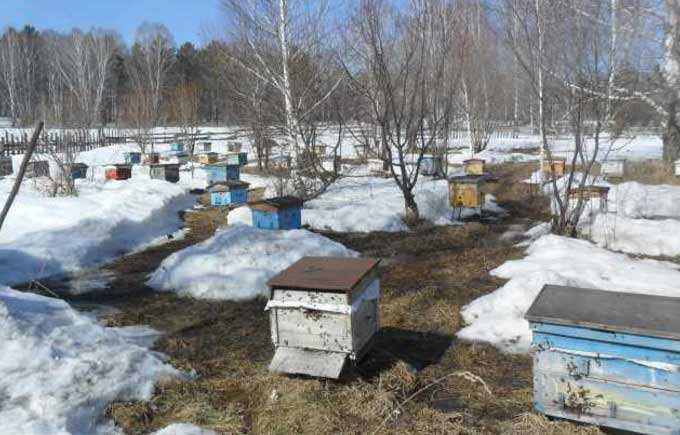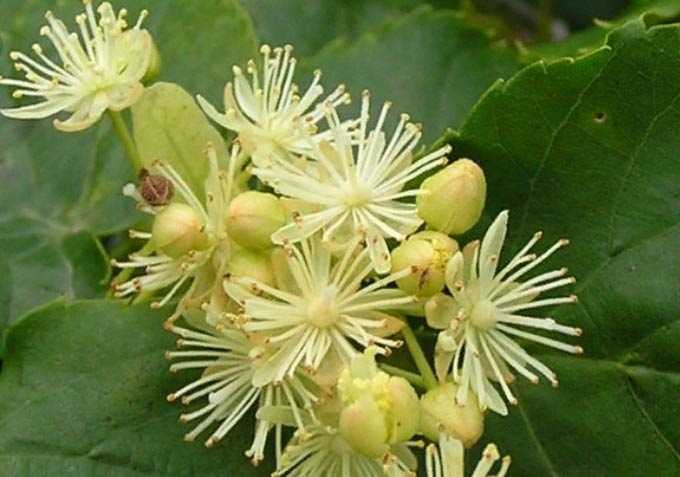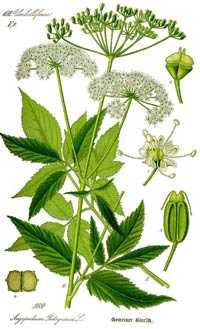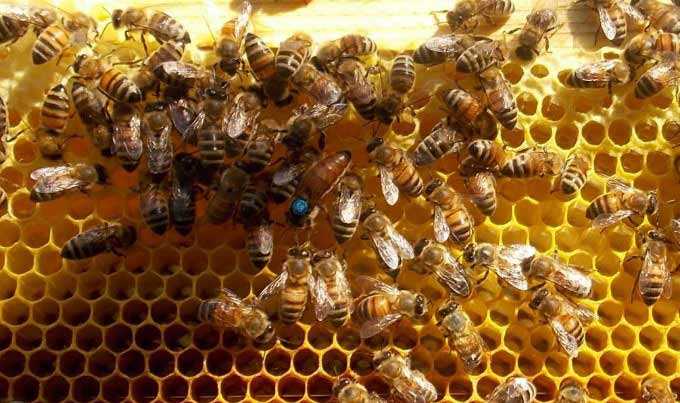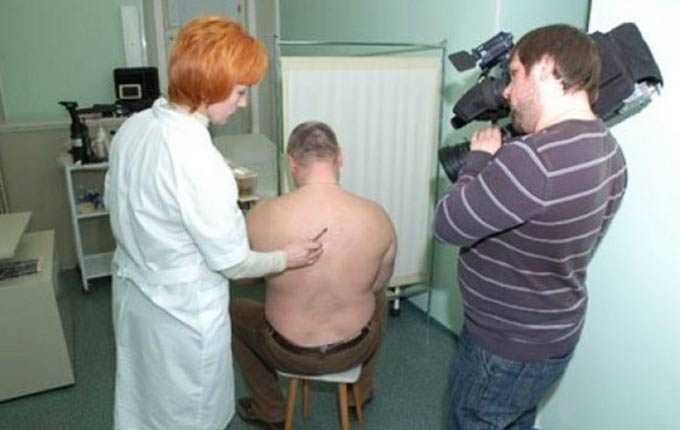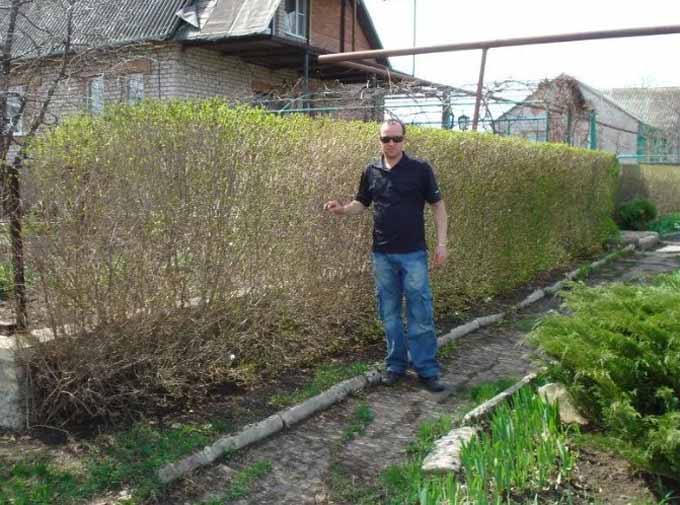The spring period after the families leave wintering and before the beginning of the May bribe is one of the most important for the beekeeper, since not only the annual honey productivity of the bee colony depends on his competent and timely actions during this period, but also its strength, health and even its very survival.
The content of the article
- 1 The importance of insulation
- 2 What happens with poor insulation?
- 3 What do we have to do?
- 3.1 Blinov’s method in practice
- 3.2 Pillow with your own hands
The importance of insulation
Unstable weather, interruptions in the maintenance feed, the need to increase the maximum number of bees to the main feed – all these factors require the beekeeper’s maximum attention to his winged wards at this time.
Read: What to do in the apiary in the spring after the wintering of bees
And the most important task of the beekeeper is the correct and timely warming of the hives in the spring for the successful spring development of families.
To grow brood, bees need to maintain a thermal regime in the hive not less, but not more than plus 34-35 degrees Celsius.
The spring period is characterized by:
- a) the overwintered bee begins to retreat;
- b) the uterus actively sows;
- c) at the same time, frames from honey eaten in winter remain in the nest.
What happens with poor insulation?
It is difficult for a family to heat a large volume of a winter nest. Insects may not be enough to simultaneously heat the brood with the heat of their bodies and bring food to the nest. The bees will consume more feed and wear out much faster.
All this will inevitably cause at least a decrease in oviposition by the queen, which in itself will reduce the strength and energy of the bee colony, and negatively affect the honey harvest. And it can also cause chilling of brood, sowing, lack of feed and even cause the death of a bee colony.
What do we have to do?
Therefore, the following actions are required from the beekeeper in the spring:
First.
Prune nests immediately after spring revision.
1)It is necessary to remove empty frames from the food eaten in winter, to leave only brood and fodder necessary for the life of the hive. Usually, as many frames are left as covered by bees in the evening. The socket is closed from the side by a diaphragm.
2)In weak and medium-sized families, you can additionally reduce the streets to 8-9 mm, and, if necessary, lay them on top of the same thickness with slats. Strong families do not need such a measure, since other problems may arise due to crowdedness and stuffiness.
3)Subsequently, it is necessary to expand the nest in a timely manner with land, so that there is a place for both sowing and brought feed.
Second.
In some regions, it is advisable to reduce the nest using the Blinov method. Blinov’s method is as follows.
It is necessary to divide the nest into 2 parts: feed and brood. Install a diaphragm between them, leaving the possibility of passage of insects at the walls and bottom of the hive. The uterus sows freely in all cells of the honeycomb of her department. The bees put their food in theirs. When it gets warmer, excess bees move to the stern compartment, thereby preventing an increase in temperature and the appearance of stuffiness. And when it gets cold, they accumulate in the brood compartment and easily maintain the required temperature.
When a strong spring feed begins, the beekeeper without any problems adds the required amount of frames with dry land to the feed compartment, without interfering with the work of the queen and nursing bees, and avoiding hypothermia of the brood.
Blinov’s method in practice
It is necessary to start applying the Blinov method in beekeeping immediately after the end of the spring revision:
1)The southern side of the hive is insulated, a diaphragm and all brood frames are placed, adding at least one frame of sushi with the correct honeycomb for future sowing.
2)Then a second diaphragm is placed, and after it all frames with feed are placed with the addition of the required amount of sushi for future nectar.
3)Then another diaphragm is placed and again insulation. The nest is also insulated from above. The brood compartment should be positioned opposite the notch for better ventilation.
Important! The reduction of the nest according to Blinov can be applied only in early spring. With the onset of stable warm weather, the middle partition is removed – then the family develops in the usual way.
It should also be borne in mind that the reduction of the nest in the spring according to the Blinov method should be applied only to weak or medium-sized families… For strong families, it can only harm, for example, cause a premature swarm state.
The third.
The shortened nest must be insulated! Usually a special hive pillow is used for this, but you can take old clothes, rugs, pieces of warm cloth, etc.
Pillow with your own hands
The vast majority of beekeepers make hive pillows with their own hands. They are sewn from burlap or other durable fabric that allows air to pass freely.
Insulation should not be at the expense of ventilation! This is an important point.
🌻: The importance of ventilating the hives
You can stuff pillows with any available material that retains heat well, does not collect moisture and does not attract the attention of rodents.
For example, tow, felt, cotton wool, campfire, moss, dry foliage, hay, etc. will do.
Note! The side pillows need to be made slightly larger in area than the nesting frames so that they cover the entire space from the canvas to the bottom, and 6-7 cm thick.
And the upper ones should tightly close the nest from above and be 10 cm thick.
After steady warming and strengthening of the bee colony, the insulation is taken from the hive, and, if necessary, is used to protect the cover from overheating by direct sunlight throughout the summer.
